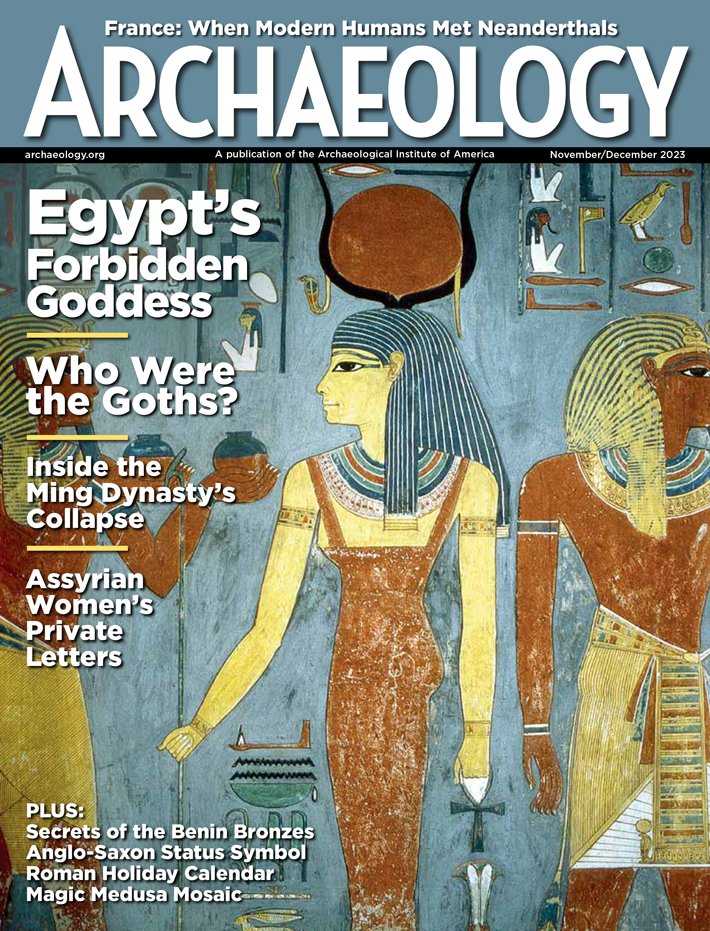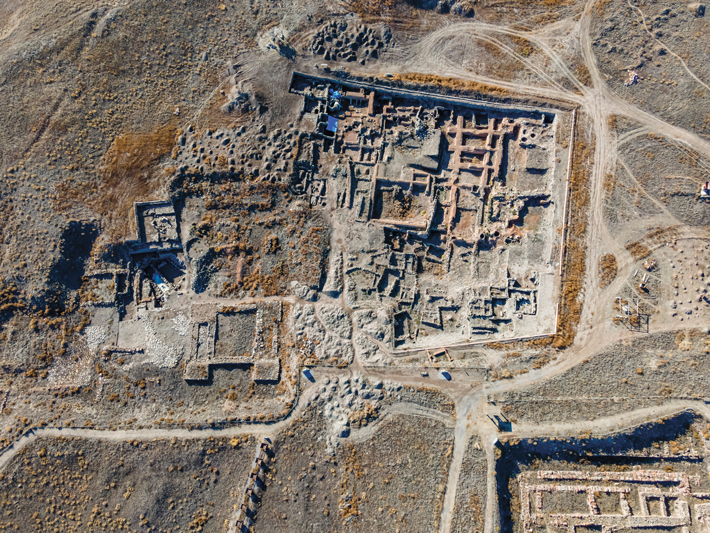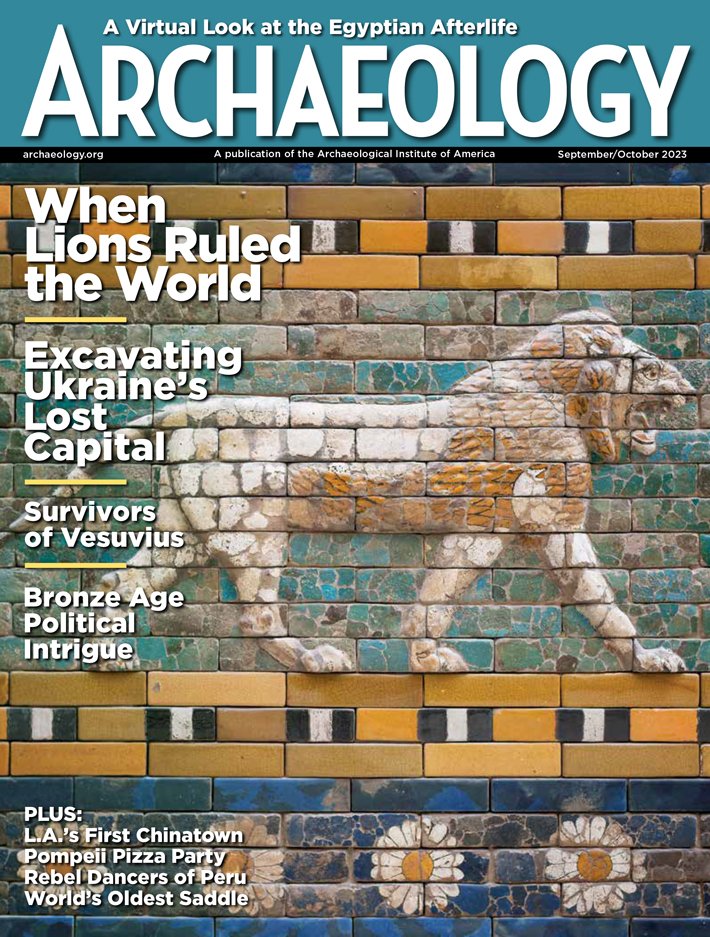

Archaeology Magazine (November/December – 2023):
Assyrian Women of Letters

4,000-year-old cuneiform tablets illuminate the personal lives of Mesopotamian businesswomen
By DURRIE BOUSCAREN
Excavations at the ancient Anatolian city of Kanesh in Turkey have revealed a district where merchants from the distant Mesopotamian city of Assur in Iraq lived and worked. Some 23,000 cuneiform tablets, mostly dating from about 1900 to 1840 B.C., have been found in the merchants’ personal archives in Kanesh.
The parents of an Assyrian woman named Zizizi were furious. Like many of their neighbors’ children, their daughter had dutifully wed an Assyrian merchant. Sometime around the year 1860 B.C., she had traveled with him to the faraway Anatolian city of Kanesh in modern-day Turkey, where he traded textiles. But her husband passed away and, instead of returning to her family, Zizizi chose to marry a local.
China’s River of Gold
Excavations in Sichuan Province reveal the lost treasure of an infamous seventeenth-century warlord
Worshipping a Forbidden Goddess
A Roman noblewoman’s devotion to Isis outlasted even an emperor’s ban on foreign cults
Paleolithic Pathfinders
Around 55,000 years ago, a resourceful band of modern humans made a home in southern France
Who Were the Goths?
Investigating the mythic origins of the Roman Empire’s ultimate adversary



